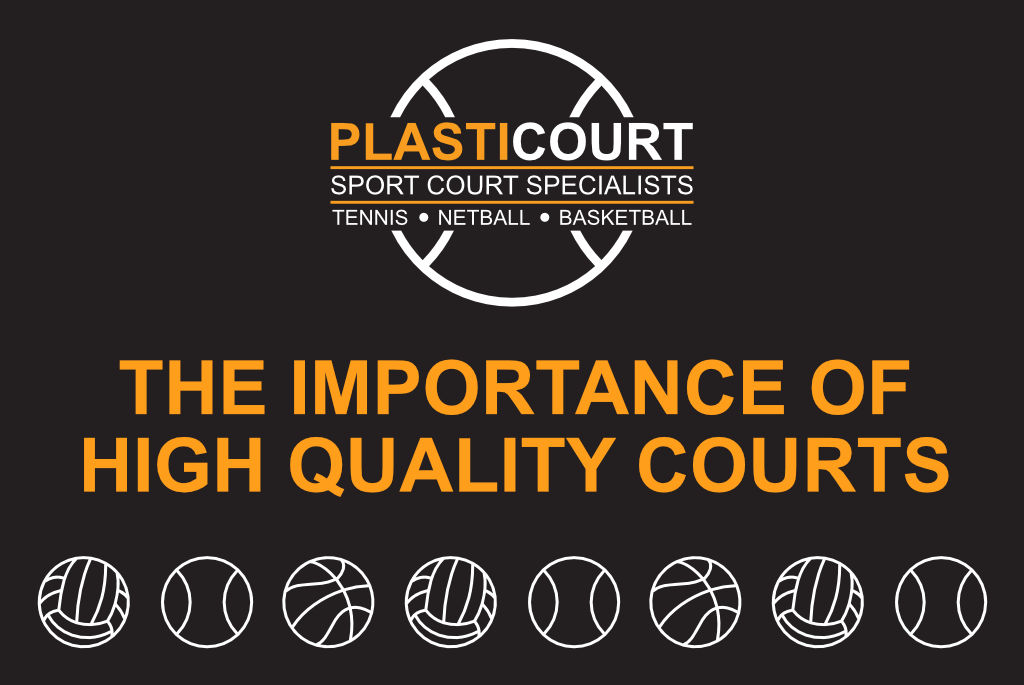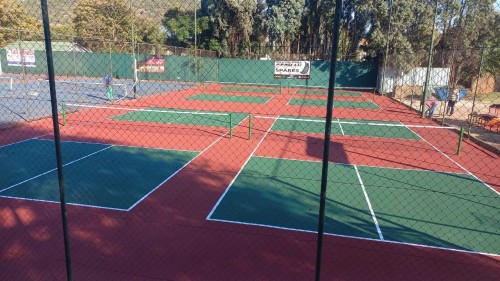
High-quality hard court sports facilities play a pivotal role in the development and success of netball, basketball, and tennis. These facilities provide essential infrastructure that enhances the playing experience for athletes and contributes to the growth of these sports.
Firstly, such facilities offer optimal playing surfaces that are essential for preventing injuries and ensuring fair competition. Smooth, well-maintained hard courts minimize the risk of slips and falls, allowing athletes to focus on their performance without concerns about safety. This is particularly crucial in high-impact sports like basketball and tennis, where quick movements and sudden changes in direction are common.

Moreover, high-quality hard courts provide the ideal environment for honing skills and mastering techniques. The consistent bounce and predictable surface of these courts allow players to develop their game with precision and confidence. Whether it's shooting hoops on a basketball court, executing a perfect serve in tennis, or maneuvering around opponents in netball, athletes benefit from practicing on surfaces that replicate game conditions accurately.

Additionally, top-notch hard court facilities attract players of all skill levels, from beginners to professionals. Access to quality facilities encourages participation and fosters a sense of community around these sports. It provides opportunities for people of all ages to engage in physical activity, promoting health and well-being within the community.
Furthermore, high-quality sports facilities can serve as venues for hosting competitions and events at local, national, and even international levels. By providing suitable infrastructure for tournaments, these facilities showcase the sport and attract spectators, sponsors, and media attention. This not only generates excitement and interest in the sport but also boosts the local economy through increased tourism and revenue.
In conclusion, high-quality hard court sports facilities are essential for the advancement of netball, basketball, and tennis. They offer safe and conducive environments for training and competition, attract participants of all levels, and contribute to the overall growth and popularity of these sports. Investing in such facilities is not just an investment in infrastructure but also in the development of athletes, communities, and the sporting culture at large.


